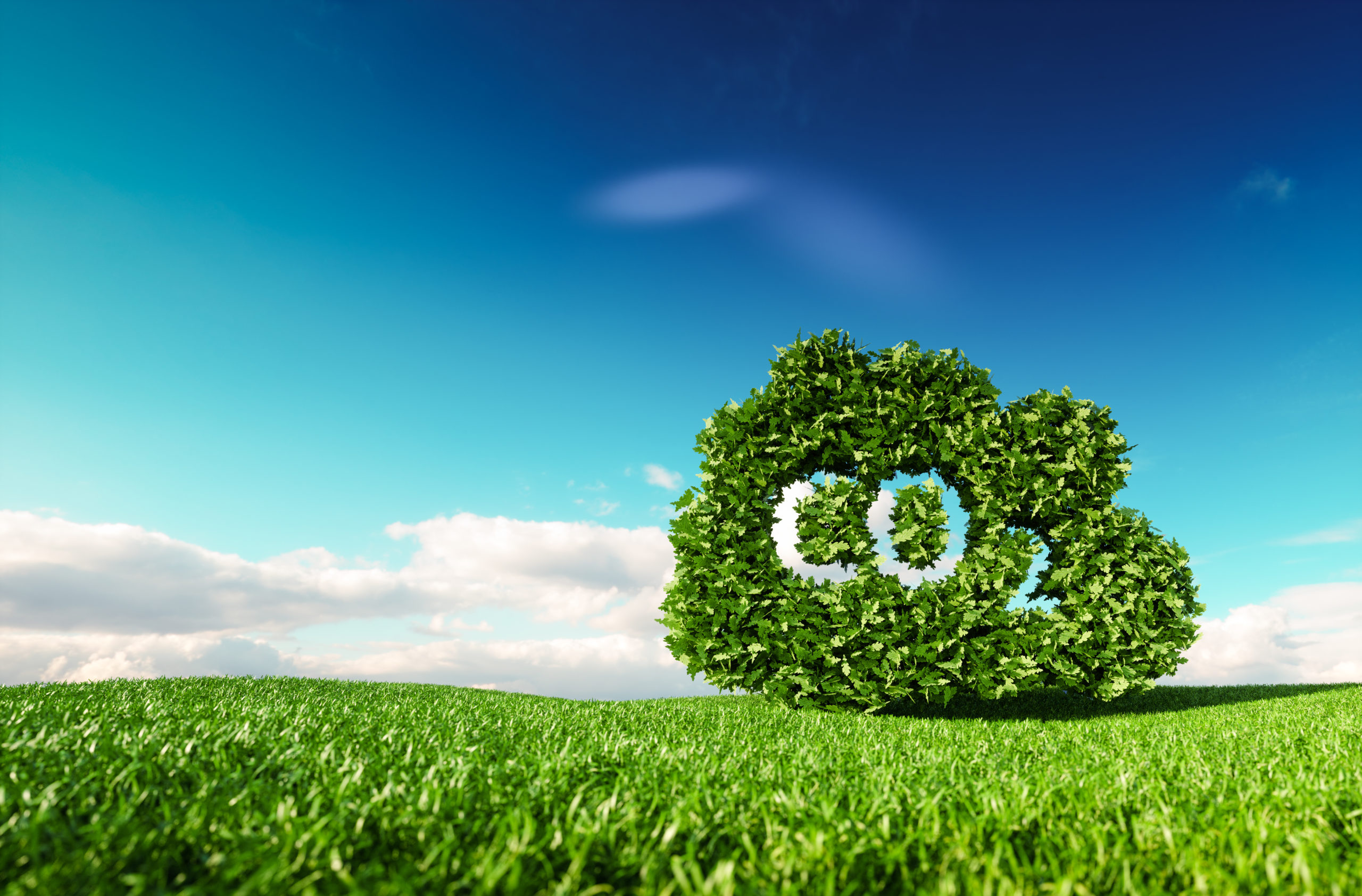The US Department of Agriculture just released a new organic production survey dated September 15, 2016. There are many highlights worth noting:
- CA is ranked #1 state for organic sales by a very wide margin (40%) – 4x the second closest state WA (10%) – Slide 10
- Top Organic Crop Sales in order are – apples, lettuce, grapes, spinach, strawberries – Slide 13
- Top Organic Vegetables growth rates from 2014 to 2015 are Spinach (32%) / Tomatoes (30%) / Carrots (20%) – Slide 14
- Top Organic Fruit/Nut growth rates from 2014 to 2015 are Raspberries (230%) / Blueberries (80%) / Strawberries (70%) / Almonds (28%) / Apples (20%) / Grapes (8%) – Slide 15
- 12,818 total organic farms (1.5% increase) and 4.3M organic acres (20% increase) in 2015 – Slide 28
- CA leads the way with over 1,000 farms – Slide 29
- CA has 790,000 organic acres – Slide 30
- Organic producers are transitioning another 151,000 acres nationally to organic production – Slide 31
It’s clear that organic production is increasing and will continue to do so. The challenge is assembling cost effective organic inputs capable of providing what all crops need to be healthy and productive. Andaman Ag has considerable experience in the area as we strive to restore proper soil biology analogous to initial green field plantings. We have a number of organic and sustainable products that are key in helping perennial crops winter well and start strong in the spring.
Click below for the report slides.




